Home>Ideas and Tips>Backyard Miniature Golf Course Design for a Fun Family Activity Area
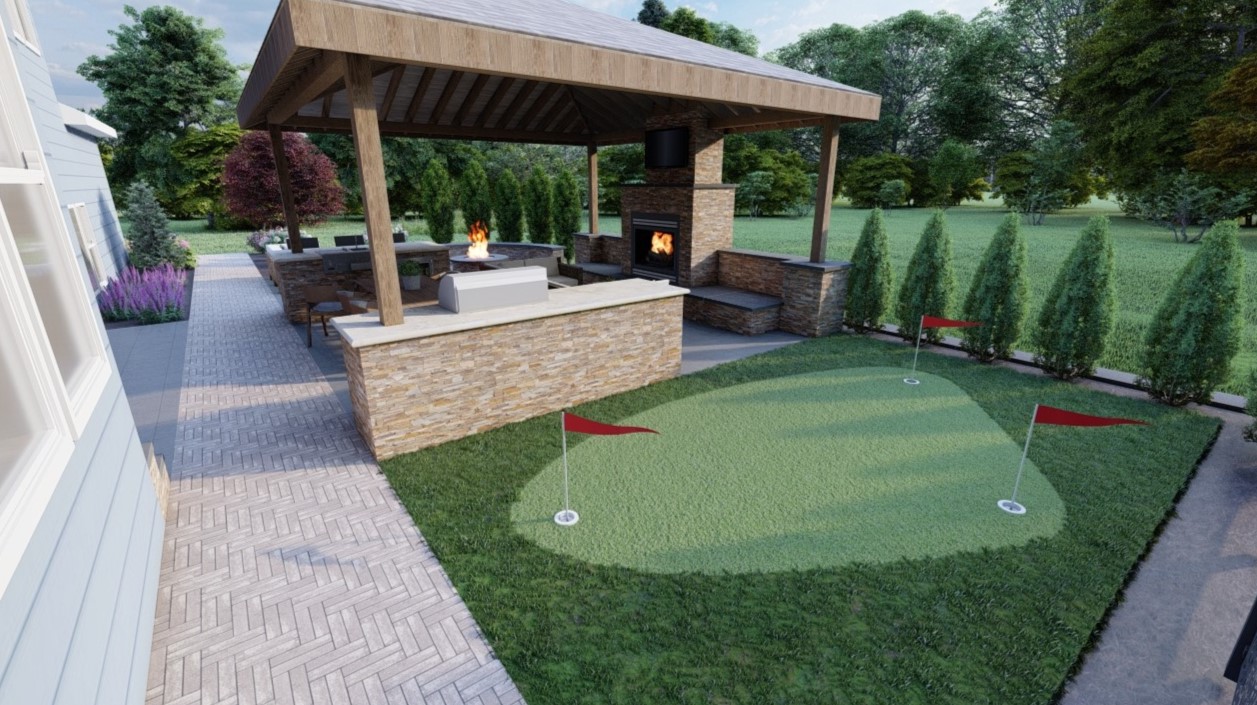

Ideas and Tips
Backyard Miniature Golf Course Design for a Fun Family Activity Area
Published: September 4, 2024
Create a fun family activity area with a backyard miniature golf course. Discover design tips, theme ideas, and practical advice for endless outdoor entertainment.
(Many of the links in this article redirect to a specific reviewed product. Your purchase of these products through affiliate links helps to generate commission for Storables.com, at no extra cost. Learn more)
Creating a backyard miniature golf course is an excellent way to enhance your outdoor space, provide entertainment for family and friends, and create lasting memories. Miniature golf courses are not just for commercial establishments; they can be beautifully designed and constructed in your own backyard, offering a unique and enjoyable experience for everyone involved. In this article, we will delve into the various aspects of designing and building a backyard miniature golf course, including theme ideas, design considerations, and practical tips to ensure your project is both fun and functional.
Introduction
Miniature golf courses have been a staple of family entertainment for decades. The idea of creating a mini golf course in your backyard is not only exciting but also a great way to utilize your outdoor space. Whether you have a small or large yard, you can design a course that fits your needs and provides endless hours of fun for your family and guests. In this article, we will explore the key elements of designing a backyard miniature golf course, from theme ideas to practical considerations.
Theme Ideas
One of the most critical aspects of designing a backyard miniature golf course is choosing a theme. The theme will set the tone for your entire course and influence every element from landscaping to obstacle design. Here are some popular theme ideas that can inspire your project:
-
Enchanted Forest
- Create a whimsical forest with lush greenery, twinkling lights, and mythical creatures. This theme is perfect for those who love nature and fantasy.
-
Pirate’s Adventure
- Transform your backyard into a pirate’s paradise with treasure chests, pirate ships, and sandy beaches. This theme is great for kids who love adventure stories.
-
Garden Party
- Design a course that looks like a beautiful garden with flowers, fountains, and elegant pathways. This theme is ideal for those who appreciate elegance and sophistication.
-
Space Odyssey
- Blast off into space with a course featuring planets, stars, and spaceships. This theme is perfect for kids who are fascinated by astronomy.
-
Wild West
- Create a Wild West theme with cowboy hats, bandannas, and old-west-style obstacles. This theme is great for families who love western movies.
Design Considerations
When designing your backyard miniature golf course, there are several key considerations to keep in mind:
Landscaping
Landscaping is crucial in creating an inviting atmosphere for your mini golf course. Here are some tips for landscaping:
-
Choose the Right Materials
- Use attractive ground stone and carefully placed mulched garden beds to avoid unnecessary maintenance. Real grass may add to the natural feel but requires more upkeep, such as watering, mowing, and clipping which can cause clippings to enter the water system and mini golf course.
-
Incorporate Water Features
- Water features like small lakes and streams can improve the theme and overall setting of your course. They also provide a realistic touch that mimics real golf courses.
-
Plant Material
- Select plant material that complements your theme and is easy to maintain. For example, if you have a garden party theme, choose flowers that are colorful and fragrant.
Lighting
Lighting is another critical component for mini golf course design. A well-lit course allows golfers to play comfortably during both day and night while providing ample security:
-
Floodlights
- Use floodlights on poles to reduce costs while providing adequate lighting. High-pressure sodium overhead lighting combined with metal halide spot lights at key places like fountains, scenes, waterfalls, and select plants is a cost-effective yet visually attractive approach.
-
Themed Lighting Fixtures
- Themed lighting fixtures can enhance the ambiance of your course. For example, fairy lights can add a magical touch to an enchanted forest theme.
Elevation Change
Elevation changes can dramatically impact the cost of your course:
-
Retaining Walls
- The addition of playing levels typically requires retaining walls. The higher the playing level, the higher and thicker must be the wall. This adds to the overall cost but provides an exciting challenge for players.
-
Wheelchair Accessibility
- Ensure that at least 50% of your course is wheelchair accessible. Designing a loop of 9 holes connected in such a way that they can be played twice can help achieve this goal.
Safety Elements
Safety should always be a top priority when designing a mini golf course:
-
Tripping Hazards
- Avoid tripping hazards wherever possible on fairways, sidewalks, and adjacent areas.
-
Safety Fences and Netting
- Use safety fences and netting to keep small children away from ponds and other hazards. Childproof fencing like chain-link or wrought iron is recommended to prevent non-players from wandering across the course.
Course Layout
Creating an engaging and balanced course layout is essential for keeping players entertained:
-
Variety of Shots
- Include a wide range of shots to keep players engaged. Start with low-par holes featuring fundamental angles before increasing difficulty with obstacles and ramps.
-
Flow Control
- Design the course to control flow by intermixing holes with varying par values. This helps avoid bottlenecks that slow down play.
-
Benches for Rest
- Place benches strategically to allow older players or those with physical problems to sit down occasionally, enhancing the player-friendly feeling of your course.
Materials Needed
Once you have your design complete, it's time to determine the materials required for construction:
-
Artificial Rock
- Artificial rock is typically priced by the square foot, so as the rock surface area grows so does the cost. Large cave structures also introduce elements of interior structural walls for safety and strength.
-
Theme Structures and Scenes
- Theme structures and scenes can significantly improve your bottom line revenue but vary widely in cost. Focus on timeless interest and embellish over time based on customer feedback.
-
Landscape Elements
- Include sturdy ropes and poles, bridge railings, and surround water lines as standard elements in your course design. These contribute both to safety issues and visual appearance.
How Much Land Do You Need?
The amount of land needed for an 18-hole outdoor miniature golf course commonly uses about one-half acre or 20,000 to 22,000 square feet. However, this can vary depending on how much vacant area you need to fill with landscape, ground cover, concrete, or water features.
Practical Tips
Here are some practical tips to ensure your project is both fun and functional:
-
Inspiration from Pre-Existing Landscaping Ideas
- Draw inspiration from pre-existing landscaping ideas, characters, and designs. This approach helps create curb appeal that attracts visitors.
-
Balance Difficulty Levels
- Aim for a balance between easy and challenging holes so that both younger and older players can enjoy the course without feeling discouraged.
-
Maintenance Considerations
- Regularly maintain your course by watering plants, mowing grass (if applicable), and cleaning up debris. This ensures that your course remains inviting throughout the year.
Conclusion
Designing a backyard miniature golf course is an exciting project that offers numerous benefits for families and friends alike. By choosing an engaging theme, considering key design elements like landscaping and lighting, ensuring safety features are in place, and maintaining a balanced course layout, you can create an enjoyable activity area that will be cherished for years to come. Whether you're looking to create an enchanted forest or a pirate's adventure in your backyard, following these guidelines will help you achieve your vision while providing endless hours of fun for everyone involved.
By following these steps and tips outlined in this article, you'll be well on your way to creating a unique and enjoyable backyard miniature golf course that will bring joy to your family and friends for years to come. Happy designing
Was this page helpful?
At Storables.com, we guarantee accurate and reliable information. Our content, validated by Expert Board Contributors, is crafted following stringent Editorial Policies. We're committed to providing you with well-researched, expert-backed insights for all your informational needs.
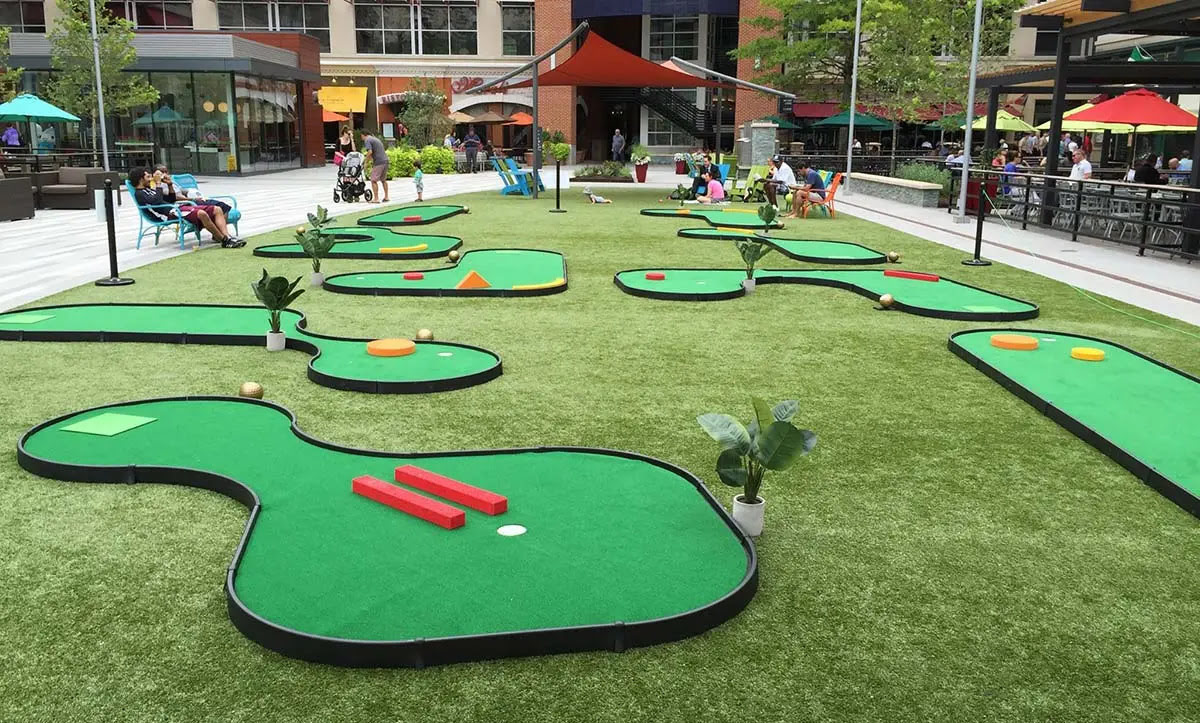
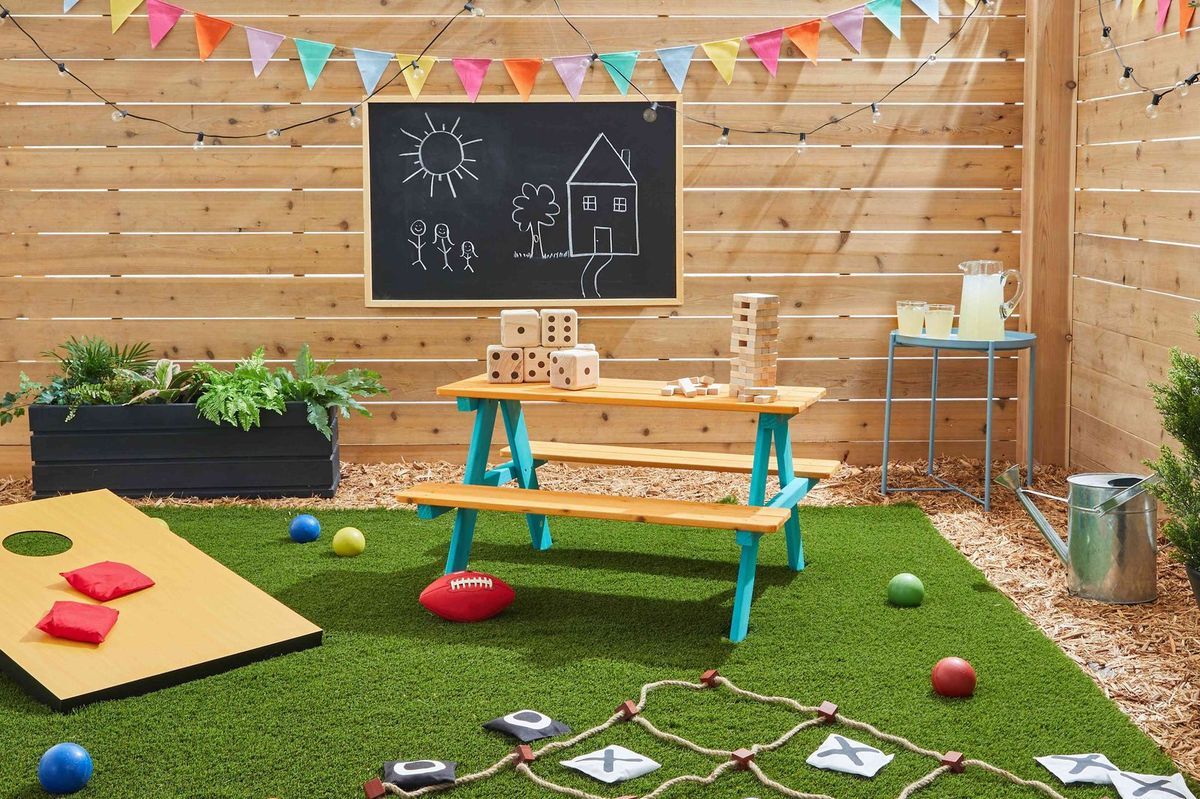

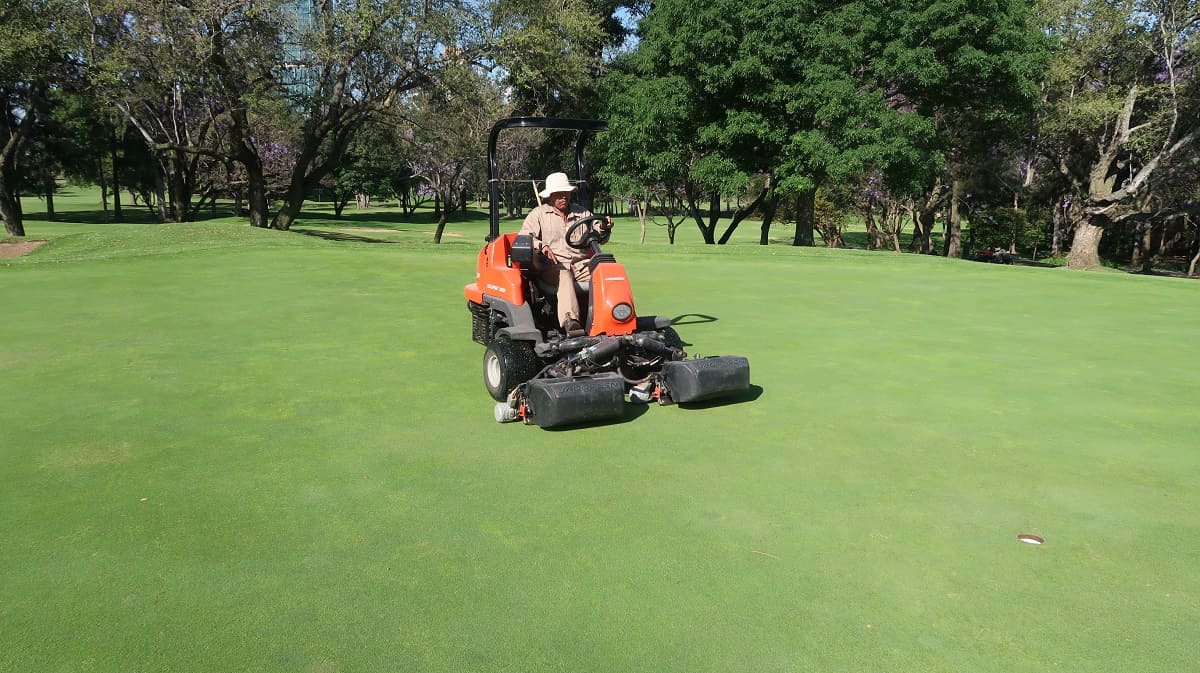
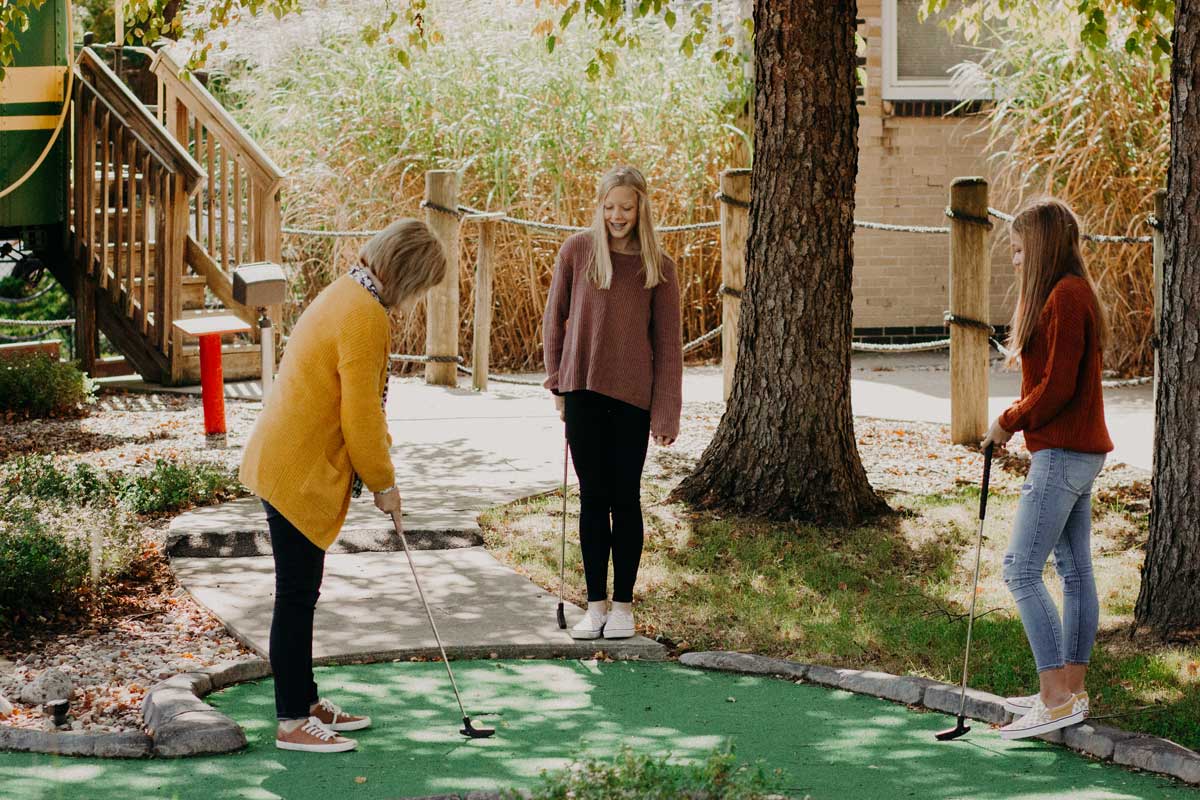

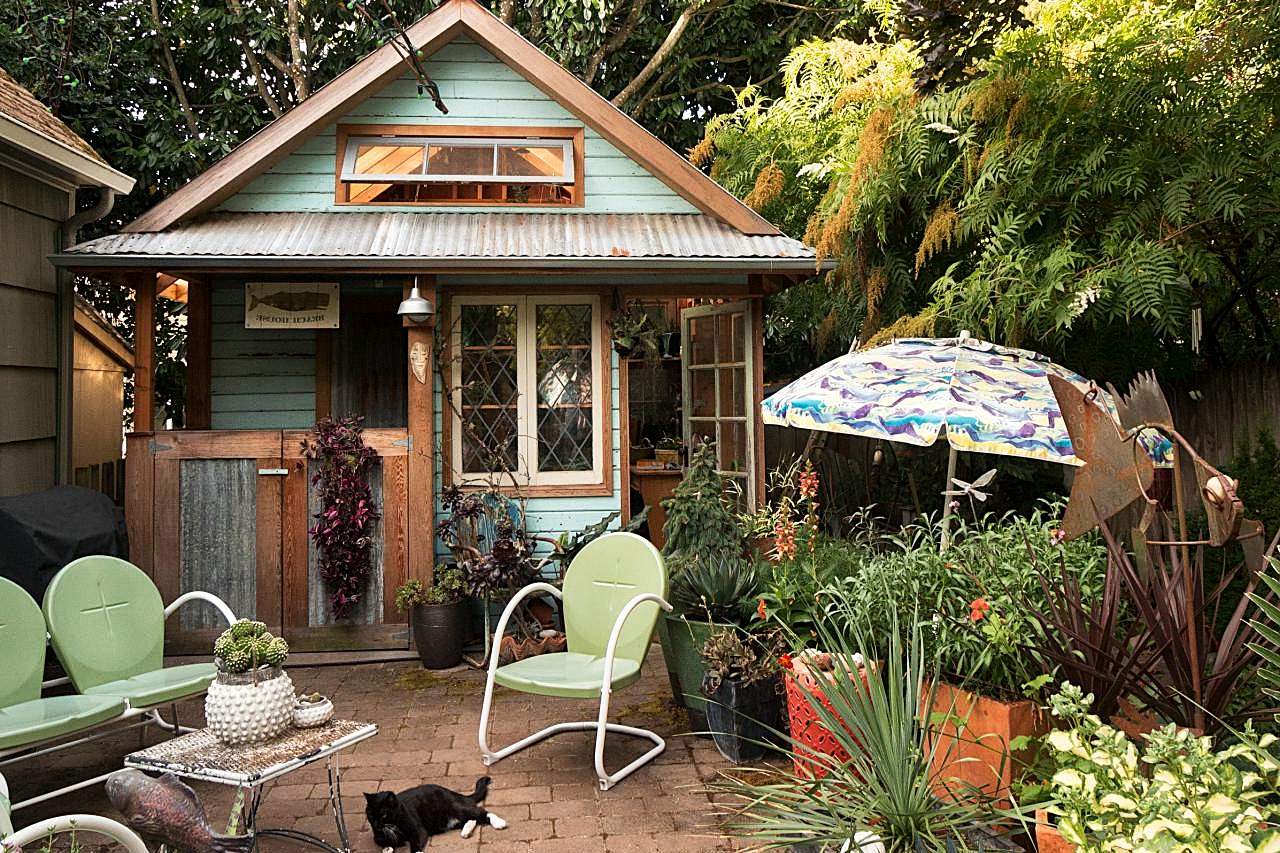
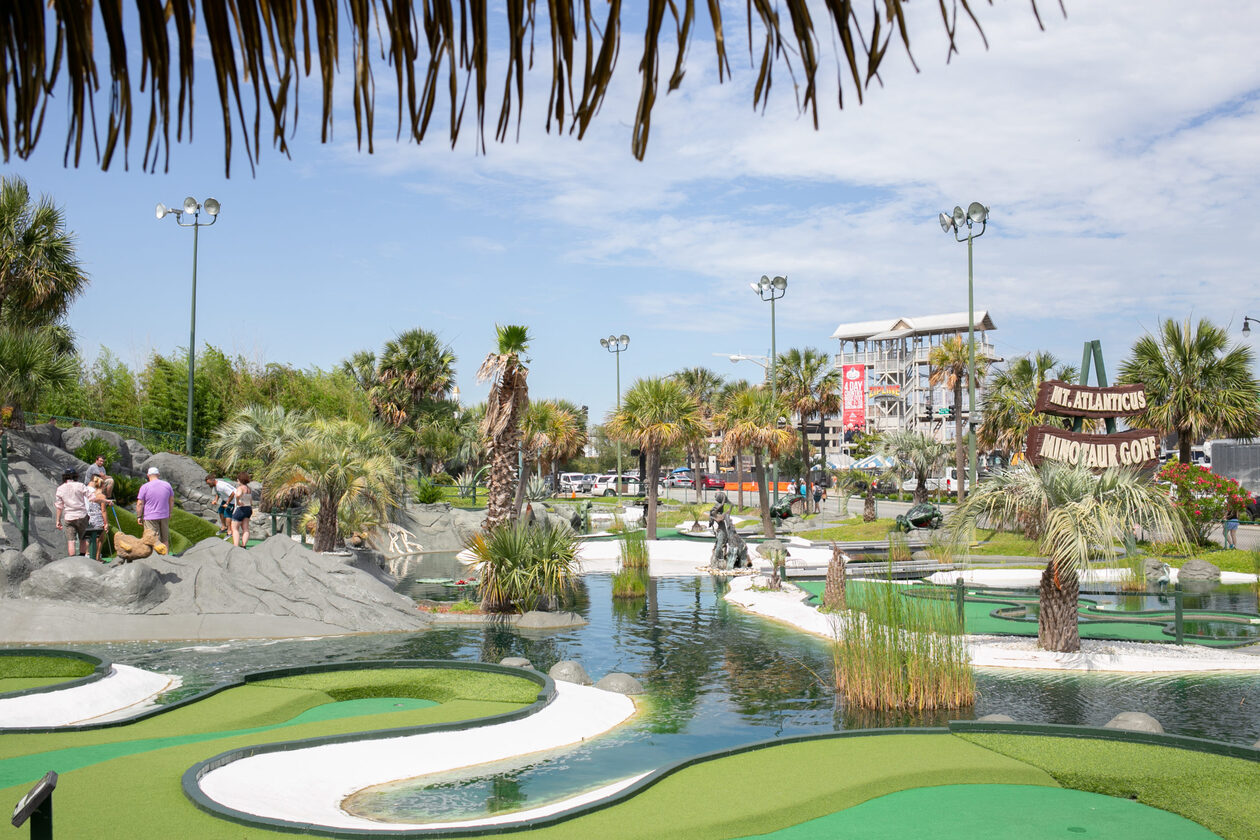
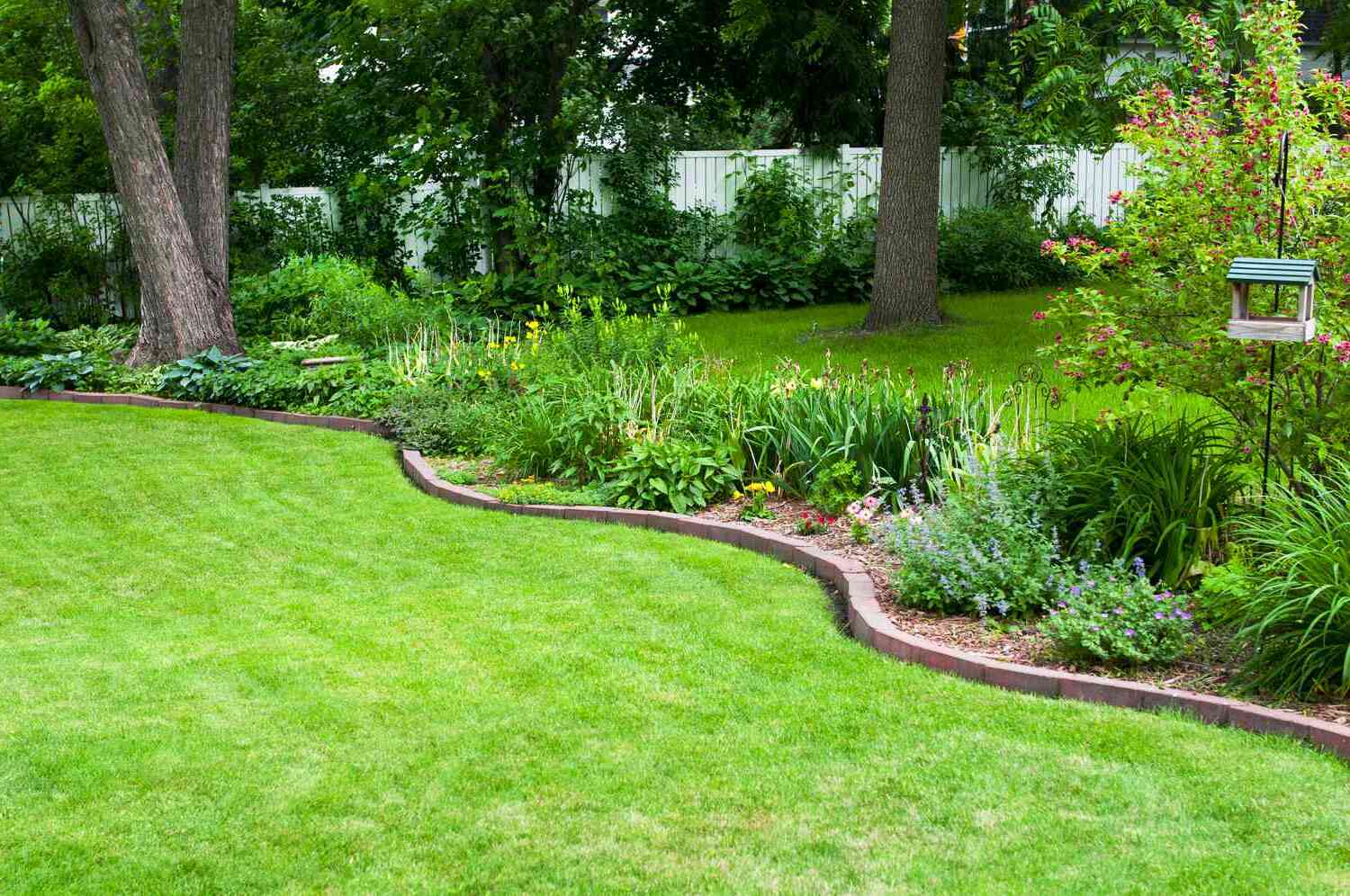


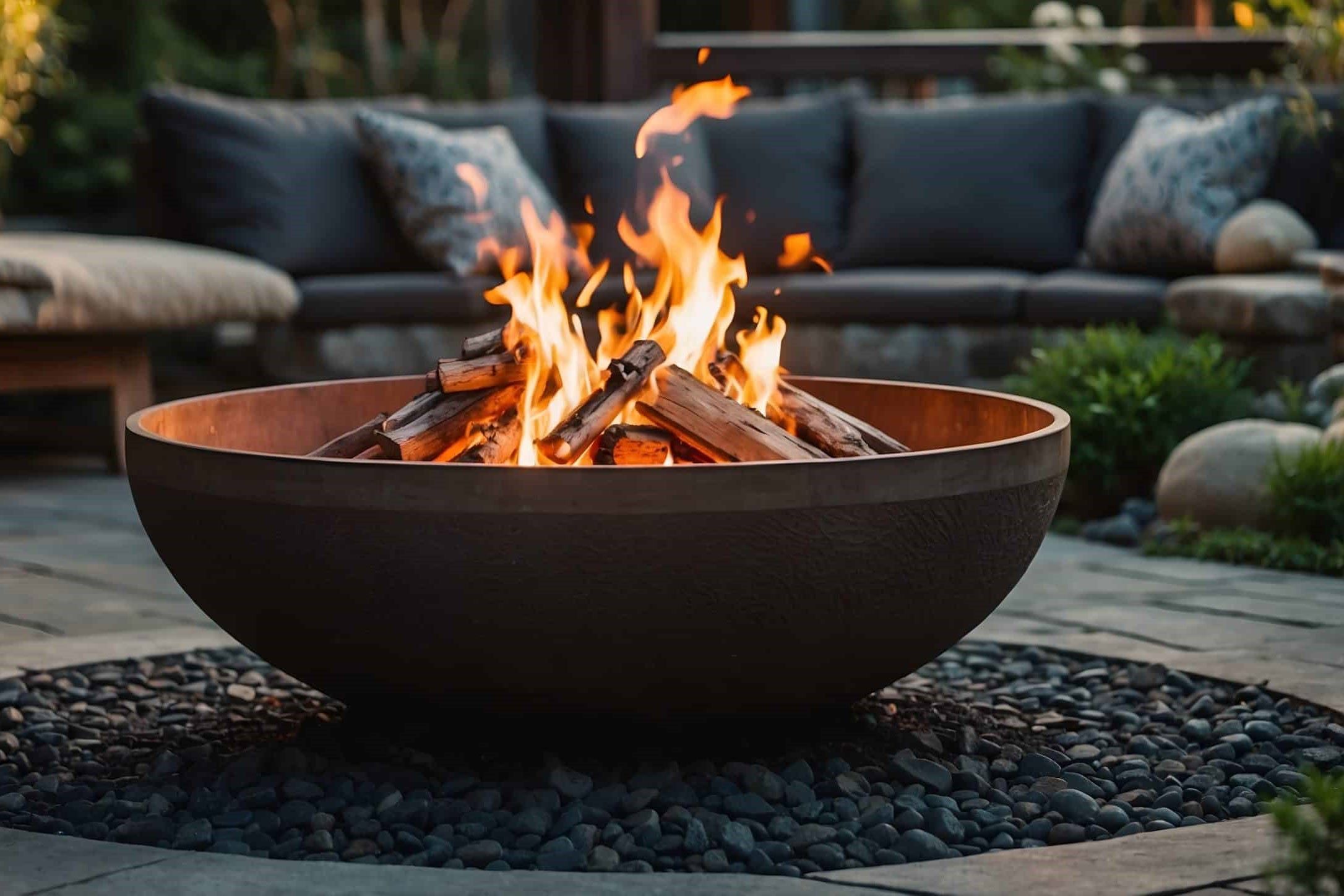


0 thoughts on “Backyard Miniature Golf Course Design for a Fun Family Activity Area”